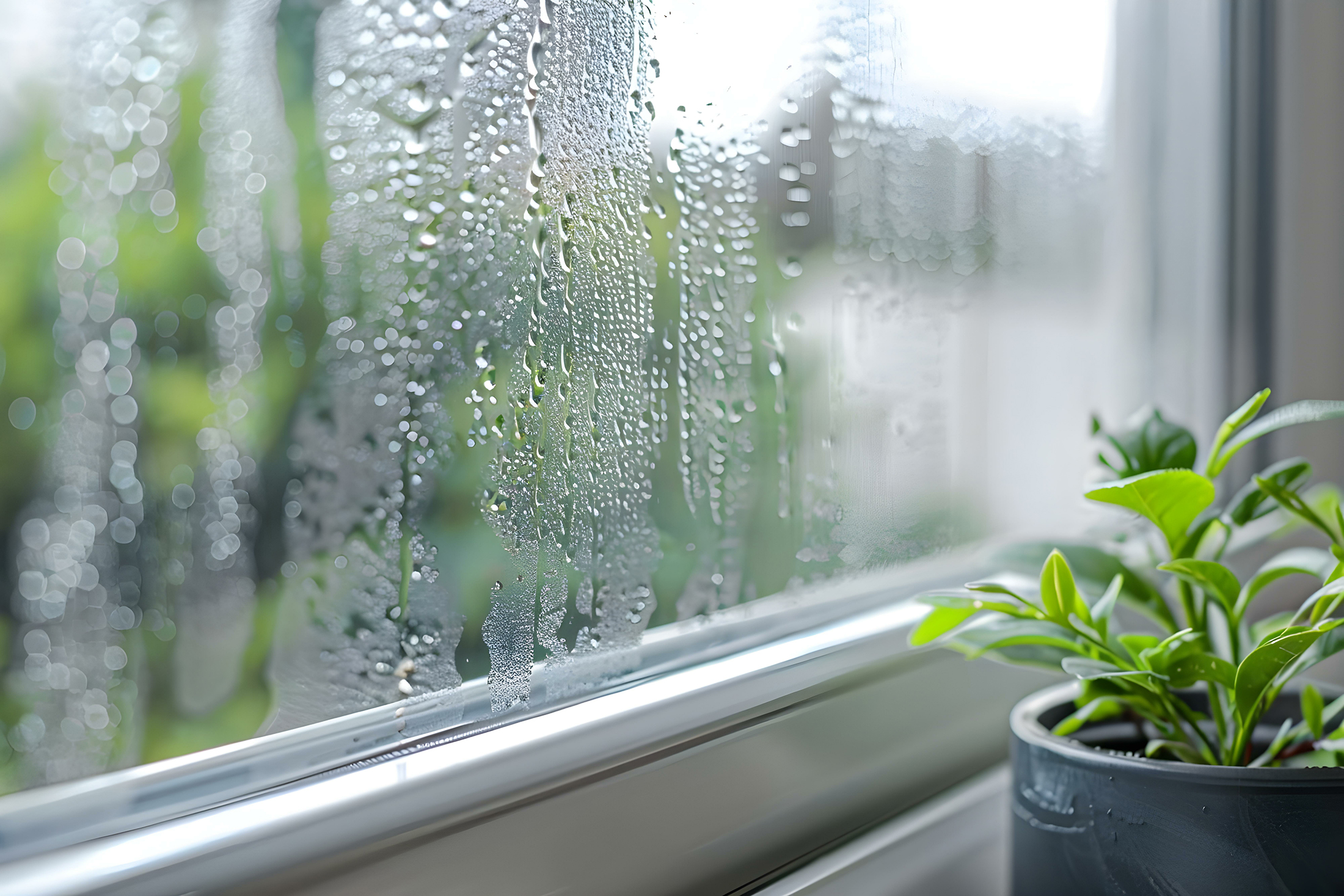Mold experts weigh in on what you need to know to keep your home healthy and free from dangerous mold growth.
Mold is everywhere.
Let’s just state that upfront: it’s normal to have mold in your home and within your daily environment.
But mold – which grows in places with excess moisture – can also be a home’s worst enemy if left unchecked and allowed to spread, posing a serious threat to inhabitants’ health and a building’s structural integrity.
Tim Burke of Pillar to Post Home Inspections – The Tim Burke Team and Kim McDonough of EMSL Analytical, Inc. recently met with our agents to help them educate their clients about when mold is a concern and when it’s just a byproduct of normal living. It is said that 250,000 mold spores can fit on the head of a pin, so it’s important to be aware and alert to this microscopic matter floating throughout our daily lives.
“When you have bread in the house that’s been sitting for a little while and it’s been exposed to just enough humidity, and see that one little speck of mold on the bread, you might think ‘Can I still eat it? Do I pull it off? What do we do here?’” McDonough explained. “That one little speck of mold can actually have hundreds of thousands of spores! So when we talk about mold spores, we’re talking about things like air quality, and we want to know what it takes for it to become an issue.”
Mold 101
Molds, a part of the fungi kingdom, are a natural part of the environment and are ever present in indoor and outdoor environments where moisture and oxygen are present. They break down dead organic matter such as fallen leaves, dead trees, and other debris.
Burke noted that molds are also used in our daily life, such as for medicine (antibiotic penicillin) and food (cheese being the most common example, but it’s also used for fermenting soy and beverages). The shortlist of the most common and problematic household molds is Aspergillus, Penicillium, Cladosporium, and Stachybotrys. Here’s what to keep in mind about molds’ characteristics and what to watch for.
- What does mold feed on?
Mold grows from food sources, moisture, and humidity, or bad airflow. Nutrients for mold can be as simple and common as dust and skin fragments, while building materials like cellulose, gypsum board, wallpaper, and fabric fibers give mold both nutrients and a place to grow. - What temperature does it grow in?
Mold spores can thrive at different temperatures, but they prefer to exist within 65-80F degrees – which just happens to be the same temperature most humans prefer to live in. - What role does moisture play?
Moisture and humidity are central to mold growth. Bulk moisture, such as flooding, water intrusion, or a leak, is less common than water vapor from daily activities like cooking, bathing, and laundry. But either combined with a relative indoor humidity of 65% or higher will almost guarantee mold propagation. - What about light?
Mold can be UV sensitive, so darkness is also critical to mold growth (think dark basements, attics, crawlspaces, and low corners). - What colors of mold are the most dangerous?
It’s important to note that not all molds affect your well-being, and molds cannot be differentiated by color, McDonough explained. “Something that looks black and fuzzy does not automatically mean ‘Black Mold,’ and we have to condemn the house and move on.”
Molds need the right environment to grow; remove any of these factors – moisture, humidity, heat, and darkness – and the chances of mold growth are minimized.
Controlling Mold Growth
Remember that mold is always present in our environment, but there are many ways to keep it from growing to concerning levels. Here are Burke’s tips for both indoor and exterior mold control.
- Keep surfaces that get wet – like kitchen and bath tiles – clean and free from soap scum where mold likes to grow, especially in grout and caulking.
- Remove or reduce stored materials in dark places and keep them away from walls.
- Check your roof for leaks, as well as the “building envelope” (wall cladding, doors, windows, weepholes)
- Avoid carpeting on slab-on-grade or below-grade flooring because concrete contains moisture that carpeting can trap.
- Clean refrigerator drip pans and vacuum dust from coils (bonus: you’ll extend the life of your appliance!)
- Check for leaks under sinks, dishwashers, washing machines, and around tubs.
- In laundry areas ensure the dryer exhausts to the outside, that a dryer’s lint filter is cleaned after each use, and avoid drying clothes indoors.
- Clean drains and sump pumps.
- Check for efflorescence, powder, discoloration, and odors. (Note that not all efflorescence is a sign of mold, but it is a sign of salt deposits as a result of moisture. Be safe and get it checked for mold concern.)
- Maintain airflow throughout the home with both exhaust and ceiling fans, regular HVAC use, and open windows (when it’s not hot, wet, and humid outside!)
- Potting soil contains mold, so avoid excessive use of indoor plants.
- Dehumidify!
When Should You Test for Mold?
Professional mold testing is the most accurate way to determine mold type and condition. This can include thermal and infrared readings of exterior walls and ceilings which will show any anomalies that can be further tested with moisture readers and air quality sampling.
- When the mold is not visible, but the odor of mold is present.
- There have been plumbing or water-related issues that may have resulted in elevated mold concentration.
- Health concerns: if you have mold-related symptoms, like coughing and sneezing, but can’t pinpoint the cause.
- As part of a home inspection when purchasing a property.
Removing Mold
Some mold mitigation can be done by homeowners themselves, especially if it’s in a small area or there is only moderate growth. But it’s usually a wiser move to call in a professional from the start. “Sometimes what you see is not what you have,” Burke warned.
- Remove and replace affected caulking, and don’t be tempted to just caulk over old residue.
- Clean and seal grout.
- Do not paint over mold. It will not kill the growth and is only temporarily hiding the problem.
With proper home maintenance and water restriction, living with mold shouldn’t cause any concern. “If the conditions aren’t right, then mold is not going to continue to thrive or exist in the environment,” Burke reiterated.
For more information about mold analysis, mitigation, and prevention, contact Tim Burke and his team at Pillar to Post at tim.burke@pillartopost.com / 703-826-0900.
Karisue Wyson
Karisue Wyson is the Director of Education for Corcoran McEnearney and was previously a Top Producer Realtor® in the Alexandria Office.
Visit corcoranmce.com to search listings for sale in Washington, D.C., Maryland, Virginia, and West Virginia.
Don’t miss a post! Get the latest local guides and neighborhood news straight to your inbox!

 Facebook
Facebook
 X
X
 Pinterest
Pinterest
 Copy Link
Copy Link







